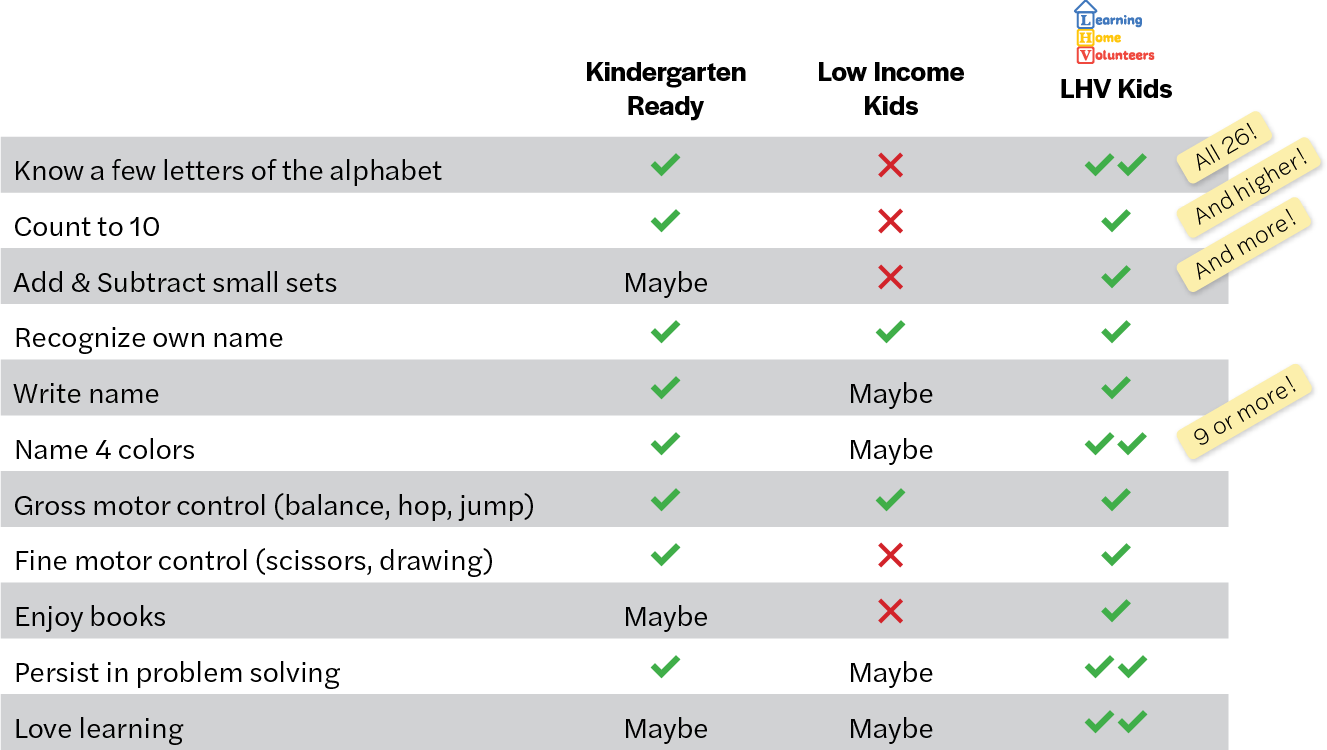Helping Every Child Get An Equal Start At School
What is the problem?
- 1 in 5 children live in poverty.
- For the past 60 years, 70% of low-income children enter school 18 to 24 months behind.
- Most do not catch up. Eric Hunushek, Educational Economist, Stanford University, states, ” “The average performance of the lowest income students in the United States lags about three to four years behind … an achievement gap that has remained constant for more than four decades.”
- Poor academic performances lead to lower lifetime earnings and poorer health
Why work on learning before school?
Why work with parents?
- Evidence show that the parent-child relationship and the home environment are the most influential factors in shaping a child’s development
- This initial involvement carries over to involvement with their child’s school journey
- Parent involvement leads to improved academic outcomes
- Parents spend more time with their child, especially for children under the age of 6
How does our program work?
Empower
Equip
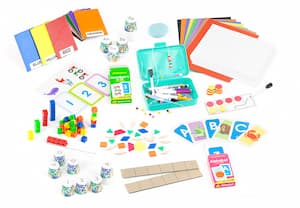
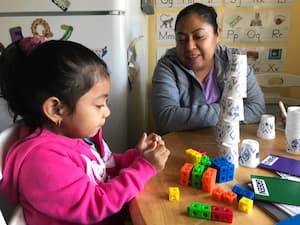
The Learning Boxes enrich learning by providing hands-on materials for the child to use in learning through play.
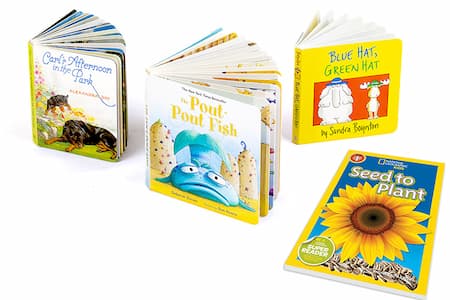
We provide a core set of books and a book a week to introduce the child to joy of reading.
Learning Boxes
Each Learning Box is loosely based on a theme. For example, this Learning Box was based on the Knuffle Bunny book series written and illustrated by Mo Willems. All boxes contain 9 -12 different learning activities and are brought to the child’s home every three week. We also provide ideas for using the learning materials with the child and information about the learning taking place for the parents in videos. Below are some of the materials included in the Knuffle Bunny Learning Box.
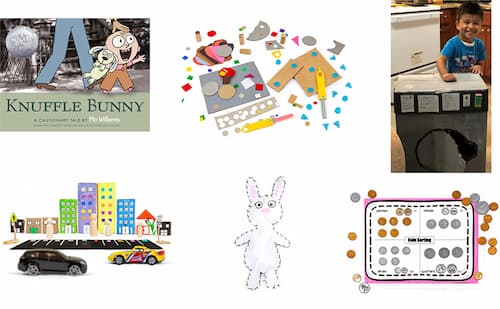
Connect
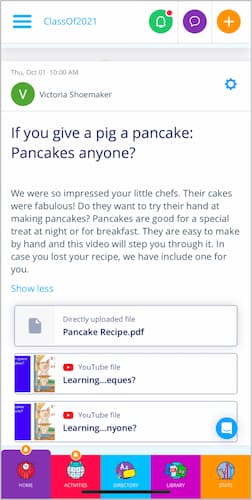
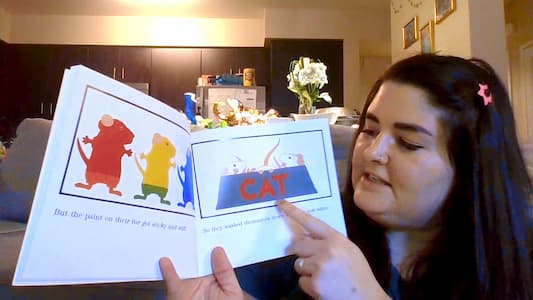
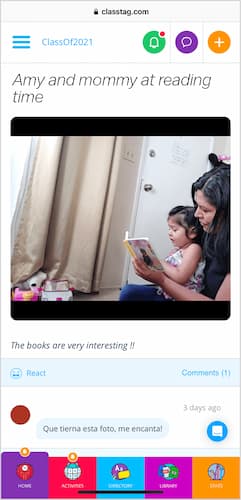
And it Works!
For the past 3 years, we have evaluated our graduates using a play-based assessment and the work that the parents have done with their child in their home shows. All were kindergarten ready. Although there is no national or state standard, many schools in our county uses the Bridgance Assessment. Here are some of the skills they look for:
Their first and last name and age
Primary and Secondary Colors
Ability to draw shapes
Build a tower of 10 blocks
Body parts
Identifies upper & lowercase letters
Sort objects by color, size, shape
Print numbers
Verbal fluency and articulation
Simple arithmetic
Sign up for our newsletter to stay up to date
This site is protected by reCAPTCHA and the Google Privacy Policy and Terms of Service apply.

